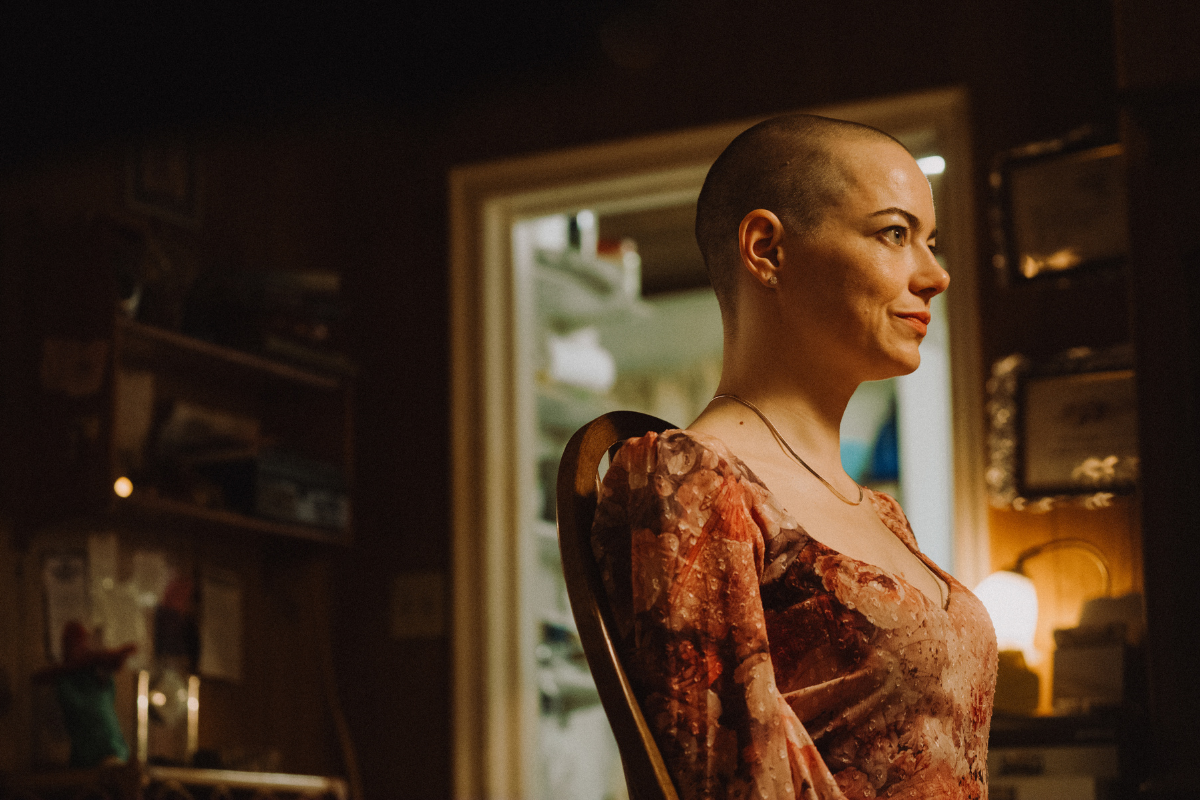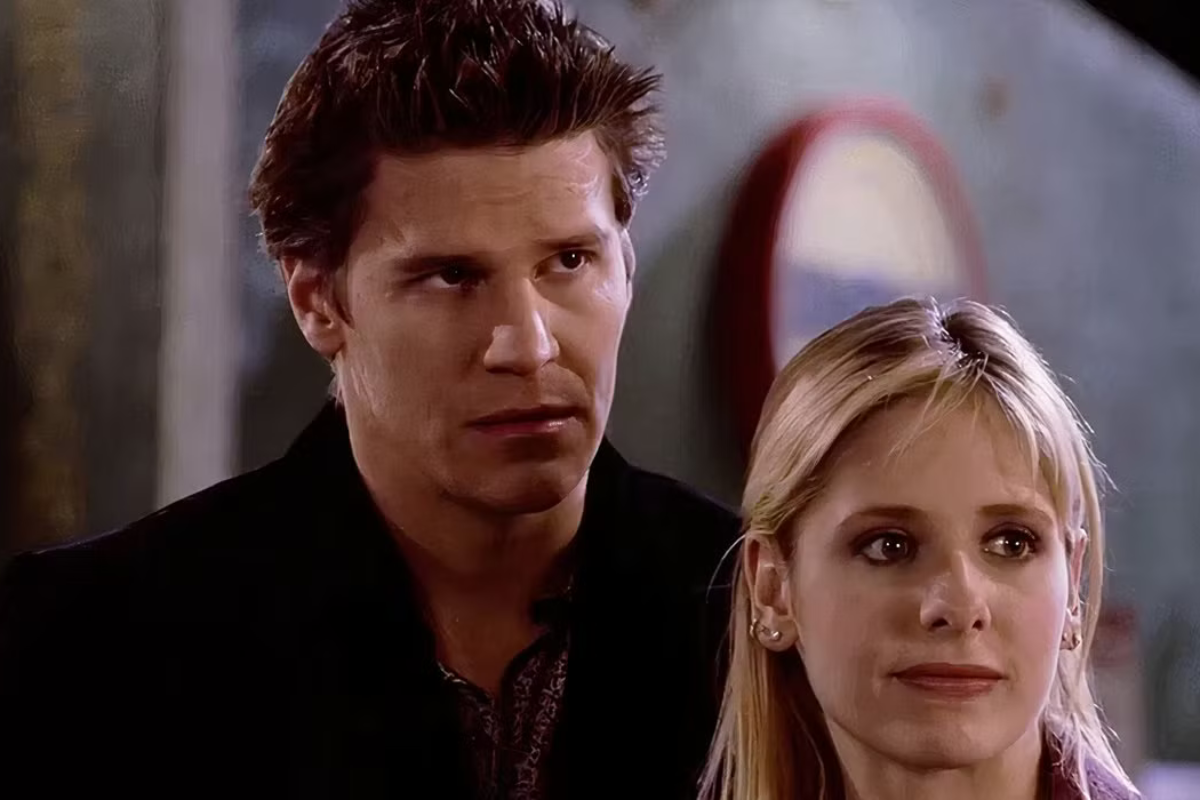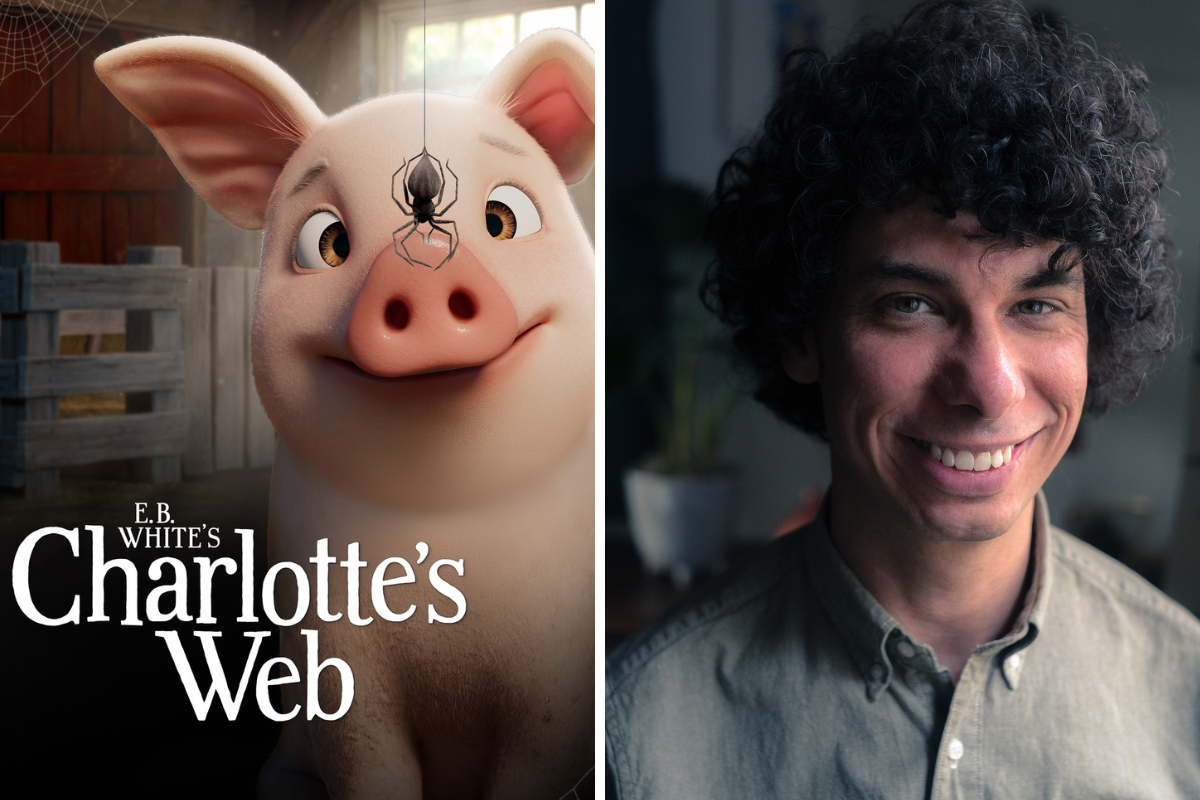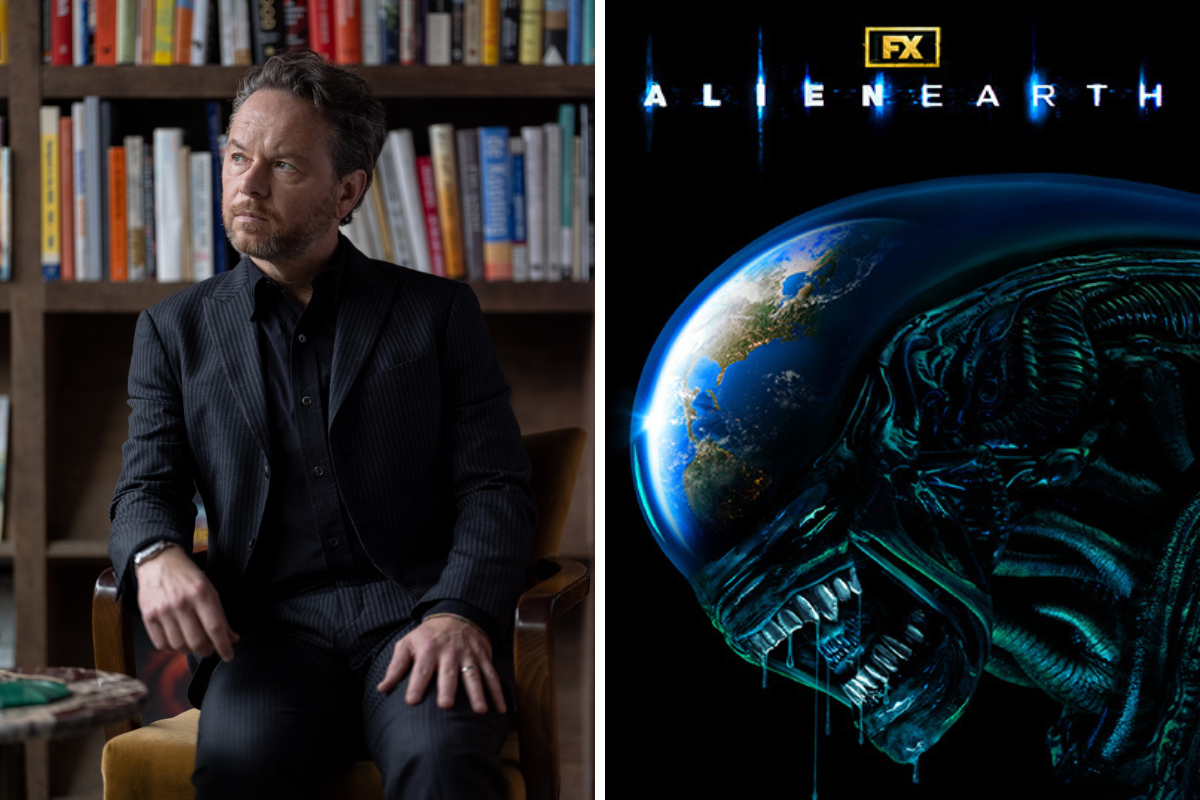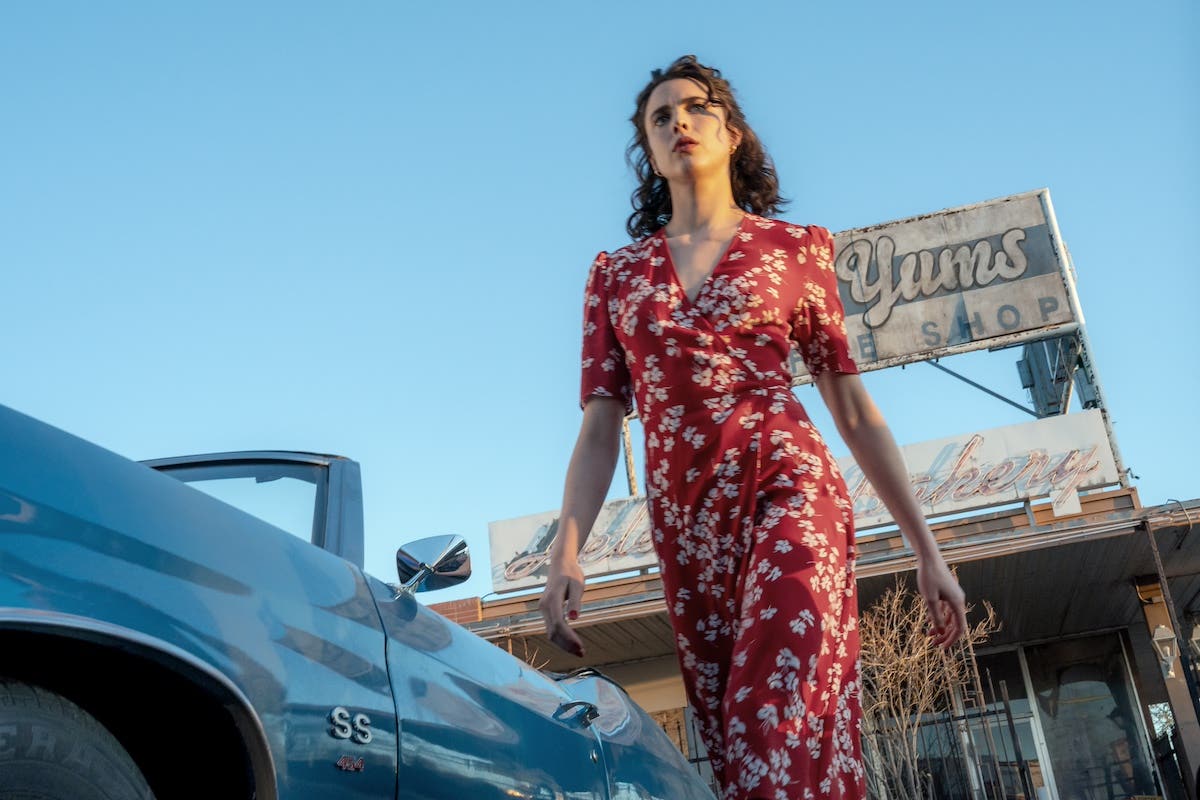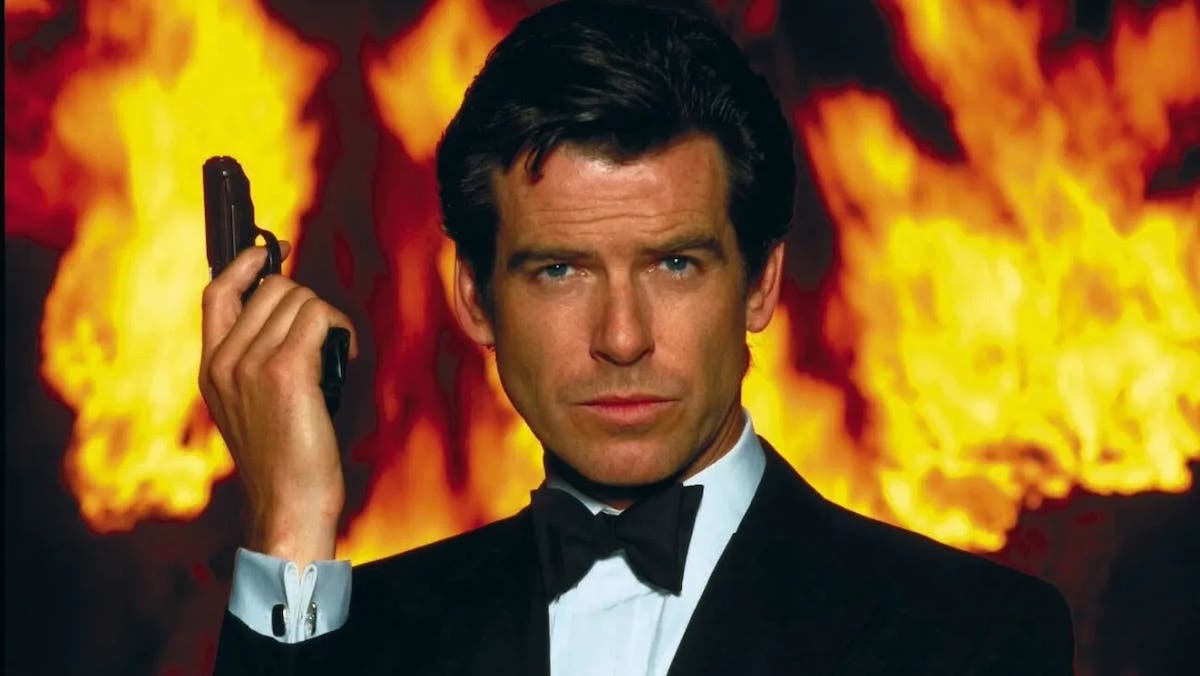YOUR TV GUIDE to Writing Inclusively Without Appropriating
Tawnya Bhattacharya gives tips on writing your pilot inclusively without appropriating the experiences of another culture, gender, or sexual orientation.
Tawnya Bhattacharya gives tips on writing your pilot inclusively without appropriating the experiences of another culture, gender, or sexual orientation.
Tawnya Bhattacharya is currently a Supervising Producer on Freeform’s Famous in Love with her writing partner, Ali Laventhol. They are repped by UTA and Heroes and Villains Entertainment and are former NBC Writers on the Verge fellows. After teaching writing for 10 years, Bhattacharya launched Script Anatomy, a unique TV writing curriculum that gives emerging professionals practical tools to help advance their craft, in 2010. Script Anatomy clients have been staffed, sold shows, and won numerous awards and TV writing fellowships. Follow Script Anatomy on Facebook or Twitter: @ScriptAnatomy
We’ve reached an age where inclusion in media, from the box office to the silver screen to the Broadway stage and beyond, is indisputably necessary from both a creative and commercial standpoint. As more and more creatives are demanding equal representation onscreen, numbers at the box office are backing them up, like this data published in Variety proving that movies centered around white male protagonists aren’t holding up at the Box Office. Wonder Woman became one of the top-grossing films of the year, GIRLS TRIP blew away Box Office records as well, and shows like INSECURE, ATLANTA and MASTER OF NONE are some of the hottest new water-cooler shows on TV. Directors, producers and show runners are now getting called out for not having creative teams that reflect the POV of the stories they’re telling; Jenji Kohan and her camp suffered a huge backlash after last season of ORANGE IS THE NEW BLACK when (SPOILER ALERT!) a queer black female character died at police hands in the season finale and then the internet discovered that there was not a single black writer in the room on that season. Sofia Coppola also still has the residual egg of white feminism on her face for her remake of THE BEGUILED, a Civil War-era drama in which Coppola omitted the only 2 characters of color, opting for a cast of all-white women instead and saying she chose to focus on solely on gender dynamics and did not feel comfortable assuming the responsibility of writing/portraying women of color. The problem with Coppola’s decision, obviously, is that by ignoring the characters of color in THE BEGUILED, she also erases the intense racism emblematic of the time period and crucial in the birth of the American South we still know today. It is impossible to tell a story of the American South without acknowledging the institution of slavery and the trans-Atlantic slave trade that played so integral a role in its culture and class dynamics. A question we hear come up a lot, both in class and in various writers’ rooms, is How do we write inclusively without crossing the line into appropriation? Here are some easy ways to look at it:
AVOID “ARTISTIC IMPERIALISM” — ASSURING REPRESENTATION VS. APPROPRIATING NARRATIVES
"I would say the biggest thing when writing inclusively is you have to talk to that group. If you're writing about Native Americans reach to that community. Ask your Native friends what they think about your approach.
And if you don't have any Native American friends, think about what that says about yourself. ;)" ~ Lucas Brown Eyes, YOUNG & HUNGRY
There’s a difference between making the cast of your pilot or screenplay inclusive and appropriating a narrative that really belongs to another writer. If you get an idea for a story whose lead character is of a different race, gender, or sexual orientation than you, the best question to ask yourself is “is this story about an experience of marginalization specific to this character’s race/ethnicity/gender/sexuality/etc.?” If it’s not, then by all means, cast away. CRAZY EX-GIRLFRIEND is an excellent example of a show written inclusively without appropriating. Rebecca, our main character, suffers from mental illness, but the writers refuse to let it define her. The show’s male lead, Josh Chan, is Filipino-American, and two of the largest supporting female roles are women of color (Valencia and Heather). CLAWS is another example of one of the most seamlessly inclusive shows of 2017; with Niecey Nash in the leading role as a nail salon owner with big dreams trapped under an even bigger opioid syndicate, the show’s diverse cast also includes representation of different social classes and disability/mental illness representation — all without being trope-y. However, if the story you’re writing is largely about the experience of an “otherness” you do not personally identify with and is largely grounded in a background you do not share — like if you are a cisgender man writing a story about a woman breaking ground in a man’s profession, a white writer with a really great idea for a show set on a Native American Reservation, or a cisgendered writer with a great angle on a lesser-known influential trans person in history — then it might be worth asking yourself if your idea is best suited for another writer.
But, you might argue, big showrunners, directors, and producers cross race/gender/sexuality lines all the time. Ryan Murphy’s 2nd season of AMERICAN CRIME STORY, for instance, focuses on Hurricane Katrina and its aftermath in New Orleans. And HBO’s female-driven hit BIG LITTLE LIES was written and directed by men (though its source material is female-penned). Even the screenplay for WONDER WOMAN, the feminist rallying cry of the 2017 Box Office, was penned by 2 men. The book Killers of the Flower Moon: The Osage Murders and the Birth of the FBI, a true-crime thriller about serial murders on a Native American Reservation, is set to be adapted into a movie within the next year. Who bought the rights, you ask? Martin Scorsese and Leonardo DiCaprio, who have as of yet released no definitive plans to involve Native content creators in the movie.
And this is part of the problem.
In 2015, Jessia Kiang wrote this dead-on-balls accurate deconstruction of the gender parity issues in feature directing. She outlined the system of bias that places most mainstream blockbuster feature narratives in white, cisgendered male hands. This, in turn, led to the bulk of narratives we see on mainstream film and TV focusing on the white, cisgendered male journey. To rub some lemon juice in this paper cut — snce the 2008 strike, production companies and studios are less and less likely to take chances on new writers with original ideas. They just are. So when someone brings them a great story that might focus largely on a marginalized group’s experience, the first impulse, which is usually a well-intentioned one, is “how do we get this made?!” And unfortunately, in a town largely powered by nepotism, one’s reputation, and who can vouch for you, the surest way to get a show on the air nowadays is to attach a “big name” —and, because of how Hollywood got started and has run for the past 50 or 60 years, those “big names” are statistically most likely to be white men. So at the end of the day sometimes, execs are faced with a choice: do they move forward with an unknown, untrained show runner and risk not getting a pickup? Or do they attach a show runner who already has a good relationship with the studio/network, but is a member of the good old Boys Club that still runs this town?
This cycle can only change if people are willing to break it at the creative level. You might have a really great idea for a biopic about Ramona Africa’s life leading up to the MOVE bombings, and what implications that horrific act of police violence had on the city of Philadelphia in the 1980s — but a black writer will be able to tell that story with a visceral personal connection that you simply don’t have.
"If you really feel compelled to [write about someone outside of your own gender identification, sexual orientation, or race], then that starts with a conversation, a friendship, really connecting with that person -- whether that be a person of diff race, sexuality, a person who doesn't define their gender in a binary way... and if you don't know anyone, if you do find a blind spot in your social circle, well... if you're being called to write, maybe you're also being called to open up your life a little bit." ~ Diarra Kilpatrick, THE CLIMB, AMERICAN KOKO
However, it’s important not to accidentally commit erasure, either. For instance, say you’re writing a pilot set in a homeless youth center in a Phoenix that services a large runaway population of at-risk LGBT+ youth. You’d be remiss to have a cast of characters representing that community and NOT have a Two-Spirit character, for example — especially because so much of Arizona and Utah is occupied by Reservation land. To tell a story about the LGBT+ community and exclude Two-Spirits is a careless act of erasure, something the Native American community already suffers all the time. Writing a pilot about the Two-Spirit Nation, however, is absolutely not something you should pursue if you are a non-Native person. The difference is nuanced, but it’s a good thought process to follow when trying to write inclusively without appropriating. Oh, and when you are writing that pilot about the homeless youth center, you best make sure you are writing those characters accurately and respectfully, which leads us to our next maxim —
LISTEN
“People need to acknowledge their own blindspots and subsequently welcome the POV's that are different from their own. I believe great writing has no ego behind it. You could spend months on a story, developing something you feel confident about. But I think it's important to be aware of the fact that someone else could present you with an angle or different take on your story the next day and it's OK for it to be better or more authentic. The other thing is sensitivity. The best writers are sensitive because they can empathize with anyone. The best way to get the tone or POV of a character is to empathize with that character. And the way to do it is to lean on those who can provide you with that specific insight and perspective that your writing needs.” ~ Mnelik Belilgne, THE MAYOR (ABC)
Now comes the hard and humbling part: if you are writing characters that are of a different race, gender, or sexual orientation than you, the first thing you must acknowledge is your portrayal of this character will inherently be wrong. It is informed by biases learned from your family and immediate community, and enforced by stereotypes and tropes that run rampant throughout mainstream film and TV. Just recently, for instance, a study showed that at least half of all Latino immigrant characters on TV are portrayed as criminals, whereas the bulk of European immigrant characters on TV are portrayed in lawful, even “respectable” professions. Audiences have been fed tropes like this about characters of color, queer characters, and female characters practically since film and Television became accessible, and you know what they say — “you are what you eat.” So, when forging into uncharted territory as a writer and writing characters whose world-view your own set of privileges prevents you from truly understanding, it’s important to get friends you trust to read your work who do represent all of those communities, so that you know you’re writing those characters as accurately as possible.
"When talking with groups, believe them, what may not feel offensive to you may be something they've struggled with their whole lives. You're asking for their input because they have a point of view you don't." ~ Lucas Brown Eyes, YOUNG & HUNGRY
When you get feedback from your trusted sources on how you’ve written your characters, try not to get defensive if someone suggests a portrayal of a marginalized group bumped or offended them. If they’re up for explaining why, accept that explanation with gratitude and take the note. Ideally, of course, once you sell your show, you’ll make sure the writers’ room is filled with a group of writers who represent all your characters’ voices. But for now, if you’re writing the script on your own, constant feedback from willing friends is paramount, because it’s the closest you’ll get.
DO PAINSTAKING RESEARCH
"When you're writing inclusively about a character that is outside your race remember that they are people. And people are all extremely unique. Avoid at all costs writing a character that is defined by their race." ~ Lucas Brown Eyes, YOUNG & HUNGRY
And remember that Wikipedia, any textbooks you read in high school or college, or any common Encyclopedia is not good enough. History is skewed by a colonialist patriarchal lens, one that led Disney to make a film about Pocahontas in which she consented (a dangerous narrative to perpetuate, especially when Native women continue to be disproportionately at risk for sexual violence and sex trafficking), and doing only cursory research on characters from marginalized groups will only yield a white male perspective on them. Find writers or public figures who represent the communities you’re writing about and discuss their experiences openly and follow them on Twitter, Medium, and other social media outlets. Read more female and queer/non-binary writers and writers of color — and know that “writers of color” doesn’t just mean black and white, and recognize that “Latin America” and “Asia” are huge land masses full of many different countries, cultures, and ethnicities. We are inheriting a largely white male system and it’s up to us to decide if and how we want to change it.
DON’T DRAW ATTENTION TO WRITING INCLUSIVELY
"Avoid cultural tourism... don't make a black friend just so you can write THE WIRE." ~ Diarra Kilpatrick, THE CLIMB, AMERICAN KOKO, THE LAST O.G.
When pitching your pilot casually in general meetings or talking about it at drinks, don’t use accurate representation in your cast like it’s something special or standout about your writing. That defeats the purpose, because it shouldn’t be something standout or unique at all. We should be unlearning white cisgendered heteronormativity as the default. Plus, walking around boasting about your pilot with a trans lead or a lead of color or a “strong female” lead can come off as tokenizing or fetishizing, which, depending on who you’re meeting with or who’s hearing your pitch, really might not go over well. It’s also a way to indirectly center yourself instead of your main character. There’s a way to be part of the solution without constantly figuring out ways to say LOOK GUYS WOW I AM PART OF THE SOLUTION! Hanging a lantern over how great you are for including characters of a different race, gender, or sexual orientation than you are is another, more subtle way of centering yourself atop the narratives of marginalized people. Harlots on Hulu and Claws on TNT are great examples of effortless inclusive writing without being self-congratulatory about it. (Claws has one of the most diverse writers rooms in town, run by a woman of color, and Harlots has an all-female writers room and director’s roster.) In Claws, showrunner Janine Sherman Barrios uses a diverse cast to weave together stories of complex female friendships that have a universal appeal. Of course the characters' race and gender affects the stakes on Claws, but the writers are smart to not let the "otherness" of any character on the show define them.
BE OPEN-MINDED DURING THE CASTING PROCESS
“If there's a character on the page, a good actor will come in and bring something to it, and you've just gotta be open to what they're going to look like” ~ Diarra Kilpatrick, THE CLIMB, AMERICAN KOKO, THE LAST O.G.
If you’re creating your own content or in a position where you have a say in casting, be open during the casting process. Former Script Anatomy panelist Diarra Kilpatrick, whose webseries American Koko, which deconstructs “sticky racial situations” was picked up by Viola Davis’ production company and is now available through ABCDigital, describes “Inclusion for Dummies” as “just write — write beautiful, flawed, fucked-up characters — and stay open-minded during the casting process.” If you don’t have control over casting, then not specifying any characters' race can get tricky, especially if you get the wrong casting director, because whiteness is still the default to a lot of people, so you could wind up with a whitewashed cast, save for a few tropes (a single parent or lone working-class family of color, for instance). BUT if you're a content creator, a big part of writing inclusively happens after the script is locked, when you start actually creating the content. Diarra advises taking deliberate measures to “force casting people’s imaginations to expand. If you’re writing a romcom, and you want to make sure you have accurate representation but don’t want to assign every character an ethnicity, you can just say at the top THESE PARTS CAN BE PLAYED BY ANY RACE OR ETHNICITY. I would literally put that in a script.”
"...Remember that inclusivity doesn't have to be something you specifically do. It can be casual. Write characters that could be any race. Course there is a problem in casting where, when people think "any race" or "person of color," they tend to forget underrepresented groups like Indigenous people. So actively talk to people you work with to include groups of people who may not be considered at first." ~ Lucas Brown Eyes, YOUNG & HUNGRY
Also, be open to an actor changing your mind or changing your perception of a role IN the room. Legend has it that, when GREY’S ANATOMY was casting its pilot, it was written into the script that the character of Miranda Bailey was a blonde-haired blue-eyed woman. Her character’s nickname, “The Nazi,” supposedly had to do with her physical appearance as well as her demeanor. But Chandra Wilson walked in for her audition and blew everyone away, and obviously is now the Bailey we all know and love today. For those of you in a position to make your own work or see your work made, casting is a crucial part of normalizing what TV and film characters look like. And when you’re casting for smaller background roles like DOCTOR or LAWYER or COP — be conscious of gendering those roles. Be open to a female doctor and a male nurse.
IF YOU SEE SOMETHING, SAY SOMETHING (BUT PICK YOUR BATTLES)
Don’t just hold yourself accountable in your own work; hold your friends accountable too. If a white cisgendered male friend pitches you his Civil War biopic about an emancipated slave who goes on to serve in Congress, don’t just say “wow, cool, good luck with that” and hope he figures his own shit out. If someone in your writers group describes a female character by her physical attributes, or writes a script in which the only character of color is a drug dealer/criminal/etc., bring their attention to it, if you feel it would be worth your emotional labor to do so. Most writers don’t want to write stories full of tropes and stereotypes. But, like we said earlier, we have a lot of deprogramming to do. By not calling each other out on appropriative behavior, we’re complicit in feeding a systemically oppressive machine. It’s paramount to be extra aware of writers within our own privilege groups as well: the more white writers, heterosexual writers, and cis male writers hold each other accountable, the less women, non binary writers, and writers of color in the room will be put in uncomfortable and stressful situations.
It’s important we try and unlearn as many trope-y and problematic storytelling habits as possible NOW, as baby writers, because the writers’ room is where the “but pick your battles” part of this section comes in. Where this dynamic gets real tricky is when you get into a writers’ room and there is a hierarchy at play. By all means, if anyone ever treats you in a way that makes you feel violated, threatened, coerced or unsafe, or uses a slur towards you that makes you uncomfortable — tell someone. Tell an upper level person you trust, or HR, if you trust them. You have every right to set boundaries for how you want others to treat you, and the time for “locker room behavior” is through, full stop.
BUT —
Consider picking your battles when it comes to problematic pitches. We all know how hard it is to break into TV writing — if you actually are lucky enough to get a job that places you in the writers’ room, “where the magic happens,” and your showrunner or a Co-EP pitches something straight out of the DON’Ts section of a workplace sensitivity training brochure, putting your neck out and possibly risking your job is easier said than done. Especially if it’s for a pitch that could well get thrown out in 48 hours when you get notes from the studio. This is why we always advise our writers to find who your ally is in the room: hopefully someone a level or two up from you who can advise you on how you’re faring. Lots of times your ally will be the only other “other” in the room: the only other woman, the only other writer of color, etc. They can best advise you on how to handle problematic pitches in the room.
In the wake of the initial accusations against Harvey Weinstein, Grey’s Anatomy showrunner Krista Vernoff wrote: “…we work within this culture so that we can amass some power so that we can have a voice. And those who don't do that — those who shout and scream "this is not OK" when they feel threatened or belittled… they largely live on the fringes of this town. They don't get the power. They don't get the platform that the mainstream provides.” Sadly, there’s a lot of truth to this.
Believe me, we all have stories of times when we heard something in the writers room so stone-stupid and offensive we wished right then and there we had a whack-a-mole mallet (or a sledgehammer) to just club the idiot on the head. By picking our battles and biting our tongues in small moments, we make it further and further past the gate. And eventually we’ll get far enough inside that gate, we can storm the castle. The tide is already starting to turn: look at some of the hottest new shows on TV in the past five years. Insecure. Glow. Transparent. Atlanta. All created by female/non-binary writers or writers of color. By building the resume, contacts, and credibility in the industry yourself, you can help TV shows like these become the norm, not the exception.
PUT YOUR MONEY WHERE YOUR MOUTH IS
If the 2017 Box Office taught us one thing, it is that your money matters. Movie execs told us that female-driven movies weren’t commercially viable, and holy hell did audiences prove them wrong. People thought a “black” comedy would only gross meager box office numbers, and Girls Trip blew its competition out of the water, grossing over $100million worldwide. In the age of information, we have the luxury of finding out who’s behind the movies and TV shows competing for our attention. If you look up a film or TV show you’re interested in watching and find something problematic about it — it’s a Reservation narrative written by white men with no Native American actors, or there is a rumored sexual predator attached, for example — then don’t see it.
Or, if you really want to see it, wait until a friend invites you over to watch a screener and watch it without contributing to its box office gross or weekly viewership numbers. In capitalism, money talks the loudest, and your movie ticket is like your voter ballot. Nothing sends a louder, clearer message to content creators than revenue, and if an artist isn’t making them money, they won’t keep trying to sell them. A study came out recently that shows less than 5% of writers in TV Writers Rooms are black — and the numbers for Latinx writers and Native American writers working on shows currently in production is sure to be even smaller. Prioritize shows whose writers rooms have accurate representation, like Insecure, Claws, Queen Sugar, and the upcoming VIDA on Starz, (created and executive produced by Tanya Saraccho, one of only 3 Latina showrunners currently working). Even if these shows don’t seem like your “thing,” contributing to their numbers the most tangible way to help send the message that we want stories about marginalized groups to be taken out of white, cisgendered male hands.
This is, on it surface, maybe an overwhelming amount of social justice jargon to swallow, sure. But try something just for one moment: think of one of the most beloved TV shows of your childhood or coming of age period — a show you really tried to be in front of the TV for every week, in the days before DVR. For us, an iconic comedy we rarely missed was Friends. Looking back on it… is there a good reason that all the characters in a show about a working-class group of friends in New York City were white? Is there a good reason all of them were straight? Think of your own circle of friends, maybe writers or artists, some with prior careers, struggling to break in yourselves: if seven of you jumped into a fountain to splash around, would you all be white and straight?
These are the ways in which the TV we grew up with programmed us in subtle ways. And one of the exciting things about breaking into Television right now is we have the opportunity to change that. So when you’re coming up with a new pilot idea, look at it the way you just looked at Friends. Question any impulses to fit your characters and storylines into a white heteronormative box. Broadening the demographics represented in your pilot will only widen its appeal and make you a more versatile staffing candidate for the kinds of shows we all want to watch and write for right now.
Sign up for Screenwriting University's class
Conventions of the Screenplay
REGISTER NOW!
What You'll Learn:
- How to use general formatting conventions to make your screenplay more efficient and readable.
- How to use imagery to show the scene through action shots.
- How to create visual metaphors that show what can’t be explained on screen.
- How to create crisp dialogue that advances your characters and your script.
- How to combine imagery and dialogue effectively in your script.
- How to incorporate the conventions of genre to strengthen the voice and images in your script.
Tawnya Bhattacharya is currently a Supervising Producer on ABC's A Million Little Things, and formerly wrote on Freeform's Famous in Love, NBC's The Night Shift, TNT’s Perception, The Client List at Lifetime and on USA’s Fairly Legal, with her writing partner, Ali Laventhol. Repped by UTA and Heroes and Villains Entertainment, the duo are former NBC Writers on the Verge fellows. Bhattacharya was also a FOX Writer’s Intensive fellow. A writing instructor for 10 years, Bhattacharya launched Script Anatomy in 2010, a unique TV writing curriculum designed to give emerging professionals practical development, writing and rewriting tools to help advance their craft. Script Anatomy clients have been staffed, sold shows, and won numerous awards and TV writing fellowships.


